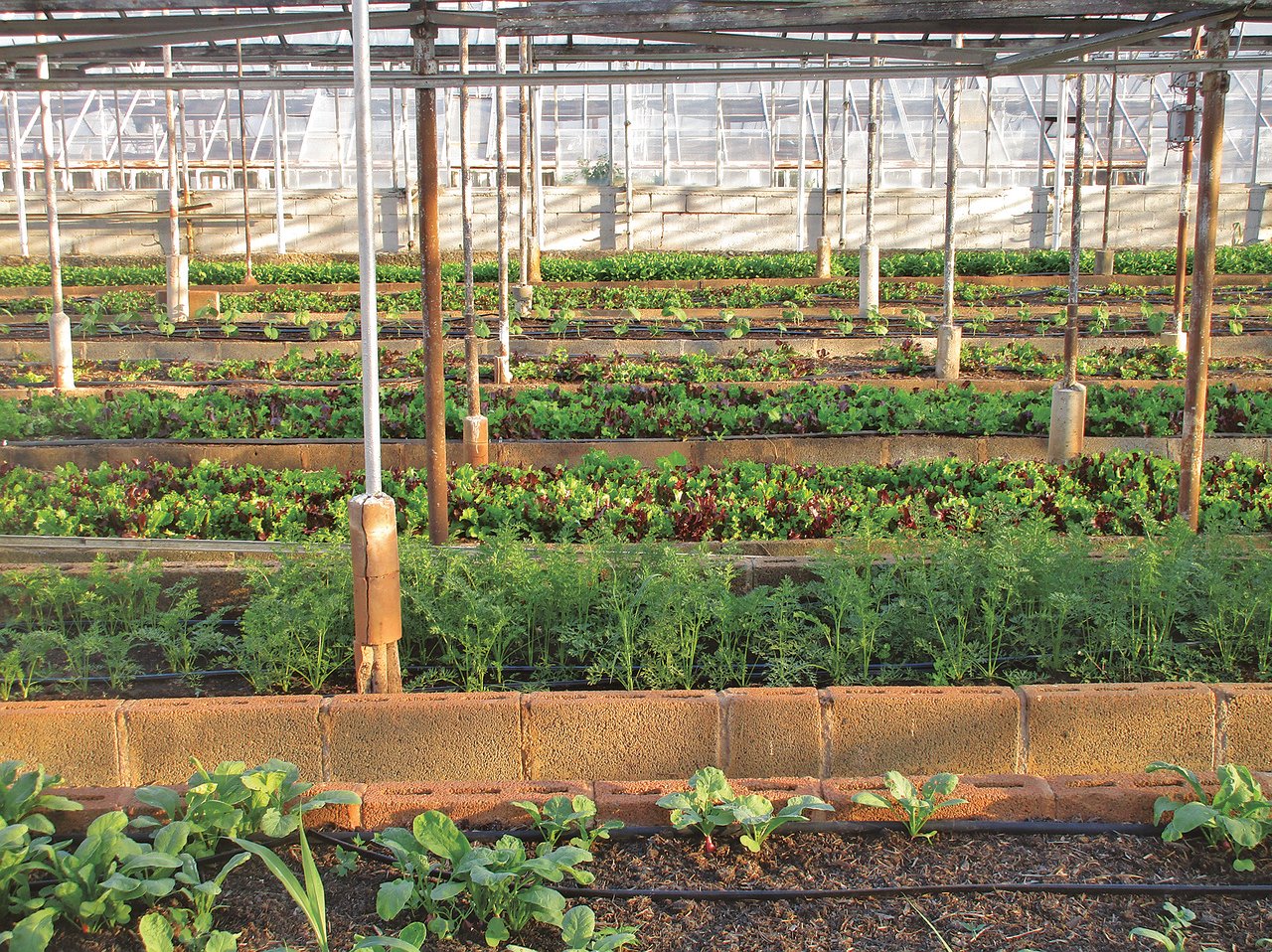A new study by Lancaster University discovers gardeners and hydroponics could have the potential to meet and exceed yields of rural farmers, according to a release.
Urban agriculture is on the rise as urban populations boom, yet there is a limited amount of research on the level of productivity of urban agriculture compared to conventional, rural farming.
“Despite its growing popularity, there’s still quite a lot we don’t know about urban agriculture, like whether the yields are similar to conventional agriculture, or even what crops are commonly grown,” said Florian Payen, lead author and environmental scientist at Lancaster University.
Researchers analyzed urban agriculture studies from 53 countries to determine what crops thrive in cities, which growing methods are the most successful and what areas can be used for growing. The study found that urban yields for crops including cucumbers, tubers and lettuce were two to four times greater than conventional farming. Additional urban crops investigated are grown at similar or greater rates than in rural settings.
Many studies hone in on green spaces — places like “private and community gardens, parks and field growing operations,” explained the release. The new study incorporates gray spaces — existing spots in cities that could be utilized for growing, like rooftops and building facades.
Researchers examined an array of crops produced in “soils versus hydroponics, horizontal versus vertical farming and natural versus controlled conditions,” added the release.
“Surprisingly, there were few differences between overall yields in indoor spaces and outdoor green spaces, but there were clear differences in the suitability of crop types to different gray spaces,” said Payen. “You can’t exactly stack up apple trees in a five- or ten-layer high growth chamber … though we did find one study that managed to grow wheat stacked up like that.”
Water vegetables and leafy greens responded well to hydroponic environments. Despite the success, it is necessary for scientists to continue studying the systems to develop cost-effective agriculture solutions. Once geared with estimates for urban crop yields, scientists can map out the potential growing areas in a city and determine the amount of food that could be produced.
“As we engaged and talked with different stakeholders, such as government agencies and local councils, we realized that the absence of robust, comprehensive data on urban agricultural yields was preventing them from going ahead and supporting the development and implementation of urban food growing,” said Payen. “We need to understand realistically how much this form of growing could contribute to food security to help make the business case for it.”
Future studies could also produce estimates on cities’ potential to reach future food demand.
“What percent of a city’s vegetable and fruit consumption can urban agriculture provide? Studies have already estimated this, but with lower-quality yield data … we need to consider not just how much food could be produced, but at what environmental cost.”
Researchers are still unsure of the carbon footprint created by food produced in cities. They are also actively researching the impact of pollution on food grown in urban areas.
Read More:
Researchers Uncover Just How Harmful Lead in Soil is for Humans











